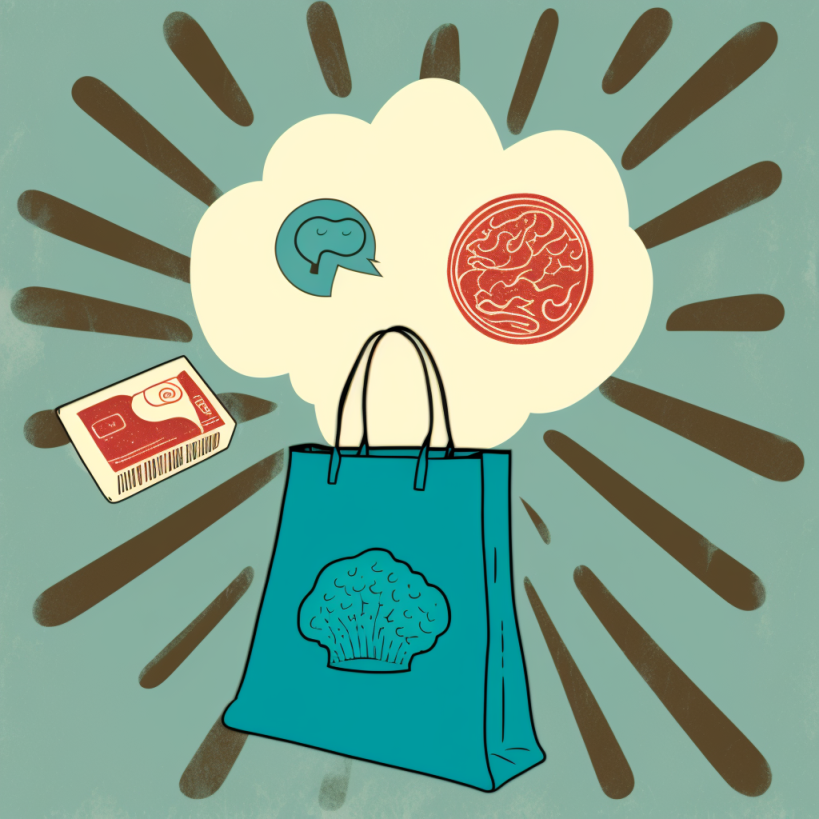Have you ever found yourself browsing through an online store only to purchase something you didn’t need and weren’t planning on buying? You’re not alone. People worldwide struggle with impulsive spending, often walking away with items they didn’t intend to buy or simply don’t need. But what drives this behavior? Understanding the psychology of spending can help explain why we buy things we don’t need and offer insight into how to regain control of our purchasing habits.
The Role of Emotions in Spending
One of the primary reasons people buy things they don’t need is emotional spending. Whether it’s a bad day at work, stress from personal issues, or the desire to boost self-esteem, purchasing something new can provide an emotional “quick fix.” This is often referred to as retail therapy, where buying something temporarily escapes negative feelings. The release of dopamine, the brain’s “feel-good” chemical, plays a role in this reaction. When we buy something, especially something we desire, the brain rewards us with pleasure and satisfaction.
However, this feeling is often short-lived, and many people regret their purchases once the high fades. Emotional spending becomes a coping mechanism, leading people to buy things they don’t need long-term.
Social Influence and FOMO (Fear of Missing Out)
Another powerful force behind unnecessary purchases is social influence. The rise of social media has made it easier to compare ourselves to others, often leading to a desire to keep up with trends, lifestyles, or possessions. Platforms like Instagram and TikTok feature influencers showcasing their stylish clothes, new gadgets, or luxury vacations, creating an environment where people feel pressured to conform. This constant exposure to what others have can fuel a desire to buy items simply to avoid feeling left out.
This phenomenon is closely tied to FOMO (Fear of Missing Out). Whether it’s the latest gadget or a limited-time sale, the fear of missing out on something perceived as desirable can lead to impulsive purchases. The idea that we’ll regret not buying something before it’s too late creates a sense of urgency that clouds our judgment.
The Influence of Marketing and Advertising
Retailers are experts at exploiting the psychology of spending through carefully crafted marketing strategies. From flash sales and limited-edition items to free shipping offers, advertisers use psychological tactics to trigger our desire to buy. One of the most effective techniques is scarcity—the notion that something is in limited supply. When we’re told an item is “only available for a limited time,” it triggers a sense of urgency, compelling us to purchase before it’s gone.
Similarly, social proof—the idea that “everyone else is buying it”—can encourage us to purchase. If an item has numerous positive reviews or is shown to be popular on social media, we’re more likely to buy it, believing that if others like it, it must be worth having.
The Psychology of Discounts
Discounts, sales, and promotions are also powerful motivators for unnecessary spending. Many people have fallen victim to the allure of “saving money” by purchasing something that isn’t truly needed simply because it’s on sale. The thought of getting a bargain can trigger feelings of excitement and satisfaction, even if the item was never on the shopping list, to begin with.
This is rooted in the anchoring effect, where the original price of an item is used as a reference point. When an item is marked down from its original price, consumers feel they get a better deal, even if the discount is small. This cognitive bias can lead us to make purchases that don’t fit our budget or meet our needs.
Overcoming Impulsive Spending
Understanding the psychological factors behind impulsive buying is the first step toward curbing unnecessary purchases. Being mindful of emotional triggers, social pressure, and marketing tactics can help us make more thoughtful decisions. A few strategies include:
Setting a budget: Setting and sticking to a budget can prevent emotional or impulsive purchases.
Avoiding temptation: Limiting exposure to ads or even unfollowing influencers that encourage spending can reduce the urge to buy things we don’t need.
Waiting before purchasing: Implementing a “cool-off” period can help reduce impulsive spending.
Conclusion
The psychology of spending is a complex interplay of emotions, social influences, and clever marketing tactics. Whether we’re buying to satisfy an emotional need, keep up with trends, or chase a bargain, subconscious factors often drive our purchasing decisions. By becoming more aware of these psychological triggers, we can make more informed decisions and regain control over our spending habits, ensuring that our purchases align with our true needs and values rather than fleeting desires.




